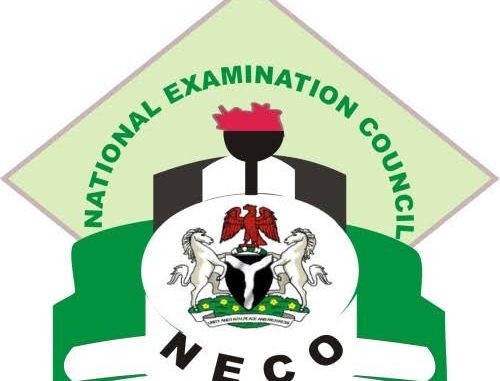
PHYSICS PRACTICAL SPECIMEN
QUESTION 1
-G – Clamp.
-2 Meter Rules.
-Optical Pin.
-Mass Hanger of 50g each.
-Beaker.
-Water.
-Plasticine.
-Retort Stand.
QUESTION 2
-Plane Mirror.
-Four Optical Pins.
-Four thumb pins.
-Plain Sheets.
-Drawing Board.
-Mirror Holder.
QUESTION 3
-Resistant Box.
-Zero-centre Galvanometer.
-2V Accumulator or 2 x 1.5V Dry Leclanche Cell.
-Plug Key.
-Metre Bridge.
-Jokey.
-2Ω Standard Resistor Covered and Labelled x.
-1Ω Resistor.
CHEMISTRY PRACTICAL SPECIMEN
INSTRUCTION:
In addition to the apparatus and reagents to be available in a secondary school chemistry laboratory, each candidates will require the following:
(a) One burette (50cm³)
(b) One pipette (20cm³/25cm³), however all candidates in a center must use pipettes of the same volume.
(c) The usual apparatus and reagents for qualitative work including;
(i) Dilute sodium hydroxide solution
(ii) Dilute ammonia solution
(iii) Dilute hydrochloric acid
(iv) Distilled water
(v) Red and blue litmus paper
(vi) Barium chloride solution
(vii) Phenolphthalein
(viii) Calcium hydroxide solution
(ix) Methyl orange
(x) One boiling tube
(xi) Five test tubes
(xii) Filtration apparatus
(xiii) source of heat
Each candidates should be supplied with the following, labelled An, Bn, Xn and Yn; where ‘n’ is the candidate’s serial number.
150cm³ of trioxonitrate(v) acid solution in a bottle labelled “An”. The acid solution which should be the same for all candidates will contain 9.50cm³ of concentrated trioxonitrate(v) acid per dm³ of solution.
BIOLOGY PRACTICAL SPECIMEN
INSTRUCTION:
The school should provide the following for the candidates:
(i) Iodine Solution.
(ii) Dropper.
(iii) Million’s Reagent.
Candidates should be provided with the following specimens during the examination:
Specimen A – Microscope.
Specimen B – A Ripe Mango Fruit.
Specimen C – Transverse Section of Tomato Fruit.
Specimen D – Groundnut Seed (Fried/Dried).
Specimen E – Maize Grain.
Specimen F – Carrot.
Specimen G – Irish Potatoes (RAW).
Specimen H – Water Lily.
Specimen I – Prawn.
Specimen J – Tilapia Fish.
Specimen K – Tadpole (8-9 weeks old).
Specimen L – Spider.
AGRICULTURAL SCIENCE PRACTICAL SPECIMEN
Specimen A – Hand Fork.
Specimen B – Dibber.
Specimen C – Cross Staff.
Specimen D – Cast Net.
Specimen E – Feeding Through.
Specimen F – Loamy Soil.
Specimen G – Clayey Soil.
Specimen H – Sandy Soil.
Specimen I – Earthworm.
Specimen J – Termite.
Specimen K – Grasshopper.
Specimen L – Bean Weevil.
Specimen M – Mealybug.
Specimen N – Animal Skin.
Specimen O – Tick.
Specimen P – Roundworm.




Leave a Reply